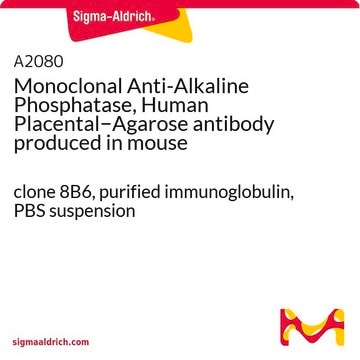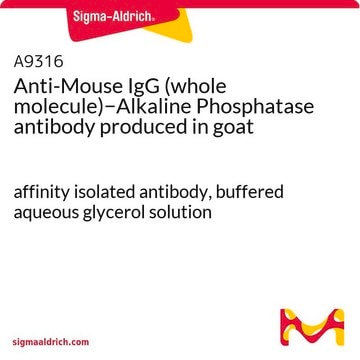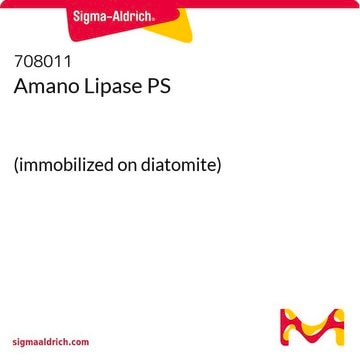おすすめの製品
由来生物
mouse
結合体
unconjugated
抗体製品の状態
ascites fluid
抗体製品タイプ
primary antibodies
クローン
8B6, monoclonal
含みます
15 mM sodium azide
化学種の反応性
human
テクニック
immunocytochemistry: suitable
immunohistochemistry (formalin-fixed, paraffin-embedded sections): 1:4,000 using human placenta
immunohistochemistry (frozen sections): suitable
indirect ELISA: suitable using whole cells
radioimmunoassay: suitable using radio-immunolocalization of xenografts of human cell lines expressing PLAP in nude mice2
western blot: suitable
アイソタイプ
IgG2a
UniProtアクセッション番号
輸送温度
dry ice
保管温度
−20°C
ターゲットの翻訳後修飾
unmodified
遺伝子情報
human ... ALPP(250)
類似した製品をお探しですか? 訪問 製品比較ガイド
関連するカテゴリー
詳細
免疫原
アプリケーション
- enzyme-linked immunosorbent assay (ELISA)
- immunocytochemistry
- radio-immunolocalization
- western blot
- immunofluorescence
- immunohistochemistry
生物化学的/生理学的作用
免責事項
Not finding the right product?
Try our 製品選択ツール.
保管分類コード
10 - Combustible liquids
WGK
WGK 3
引火点(°F)
Not applicable
引火点(℃)
Not applicable
適用法令
試験研究用途を考慮した関連法令を主に挙げております。化学物質以外については、一部の情報のみ提供しています。 製品を安全かつ合法的に使用することは、使用者の義務です。最新情報により修正される場合があります。WEBの反映には時間を要することがあるため、適宜SDSをご参照ください。
Jan Code
A2951-.2ML:
A2951-.5ML:
A2951-BULK:
A2951-VAR:
試験成績書(COA)
製品のロット番号・バッチ番号を入力して、試験成績書(COA) を検索できます。ロット番号・バッチ番号は、製品ラベルに「Lot」または「Batch」に続いて記載されています。
ライフサイエンス、有機合成、材料科学、クロマトグラフィー、分析など、あらゆる分野の研究に経験のあるメンバーがおります。.
製品に関するお問い合わせはこちら(テクニカルサービス)








